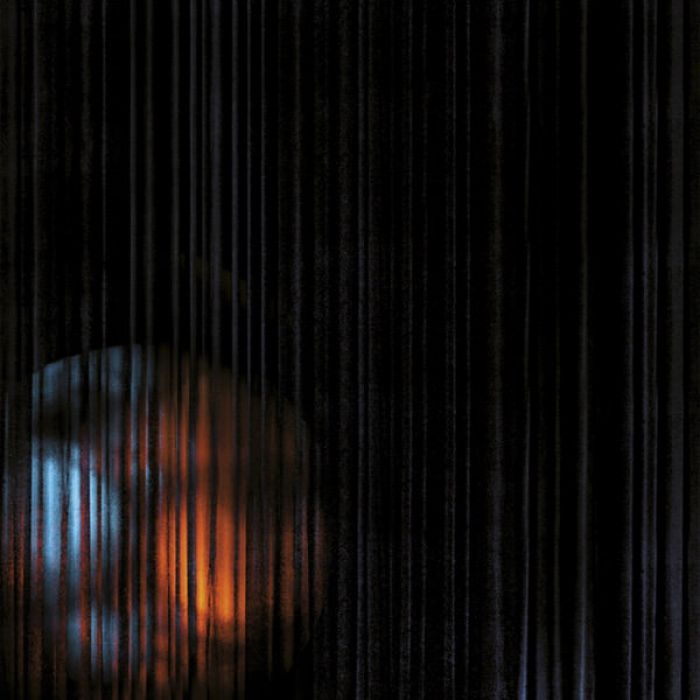Owl Splinters by Deaf Center (Review)

Dark ambient music functions a lot like horror movies in that the most effective titles are often those that are the quietest and subtlest. Ultra-bloody torture porn might seem like the epitome of the genre given how horrific it is. However, many of the great horror films — e.g., The Innocents, The Haunting, The Shining — rely more on atmosphere and ambiguity than shock; these engage the viewer’s mind in a way that mere sadism can’t and won’t. And so it is with dark ambient music.
You’d think that the louder, creepier, and more horrific the sounds employed, the more effective a dark ambient album will be. And true, there are many artists working in the genre that employ sounds — e.g., discordant machine noises, ominous percussion, disembodied and twisted voices, low frequency drones — that are fully intent on drawing the listener down into a black audio abyss. (Lustmord, one of the genre’s most well-known and influential proponents, is a prime example of this approach.)
Now, I like abyssal expanses of unrelenting sonic blackness as much as the next discerning listener. But sometimes, such music simply sounds like it’s trying too hard. With their latest full-length Owl Splinters, Deaf Center — the Norwegian duo of Erik Skodvin and Otto Totland — take a decidedly different approach, and show how being quieter and subtler can prove more impactful and haunting than any barrage of monstrous or terrifying sounds.
There are places on Owl Splinters where the duo does delve into abrasive, unsettling territory. For example, the cello’s death rattle that is “Animal Sacrifice” or the ominous cloud of drones, electronics, and strings that threatens to spill forth from your speakers on “The Day I Would Never Have.” But what is truly remarkable about the album isn’t necessarily the immense sonic gloom that the duo brings to bear, but rather, the way in which they bring about such gloom.
“The Day I Would Never Have” begins with a subtle, sublime arrangement of piano and static that is one of the album’s loveliest moments. Indeed, while listening to it, you feel almost as if you’re peeking into a tiny little world of memories and nostalgia – but one that is inevitably doomed to be consumed by the drones and electronics that slowly take shape in the song’s background. As the piano is slowly drawn into the oncoming storm, there’s a sense of loss that proves far more affecting than if the song had simply dropped you into the darkness.
“New Beginning (Tidal Darkness)” reverses the pattern of “The Day I Would Never Have” and begins with the darkness, i.e., doom-laden piano notes tolling out from a backdrop of crackling static and groaning strings. But as the song progresses, the piano reappears as a shimmering wall of notes that pokes through the darkness like scattered rays of sunlight from behind a mass of angry stormclouds. The interplay between light and dark becomes more pronounced as the song progresses, each influencing and informing the other, resulting in a song of grave and solemn, yet eerie beauty.
This aesthetic carries on through the album, right up until the final moments of “Hunted Twice.” Again, the song begins in an unsettling manner, i.e., static and electronics flickering against drones and more groaning strings. And again, I’m impressed at the subtlety and skill employed by Skodvin and Totland here, as these sounds which would otherwise be rather unpleasant are crafted and molded into more compelling forms. Then, in the song’s final third, a haunting piano melody reminiscent of labelmate Goldmund comes drifting in, ending the song — and by extension, the album — on a moving, reflective note, one made all the moreso by the darkness that came before it.